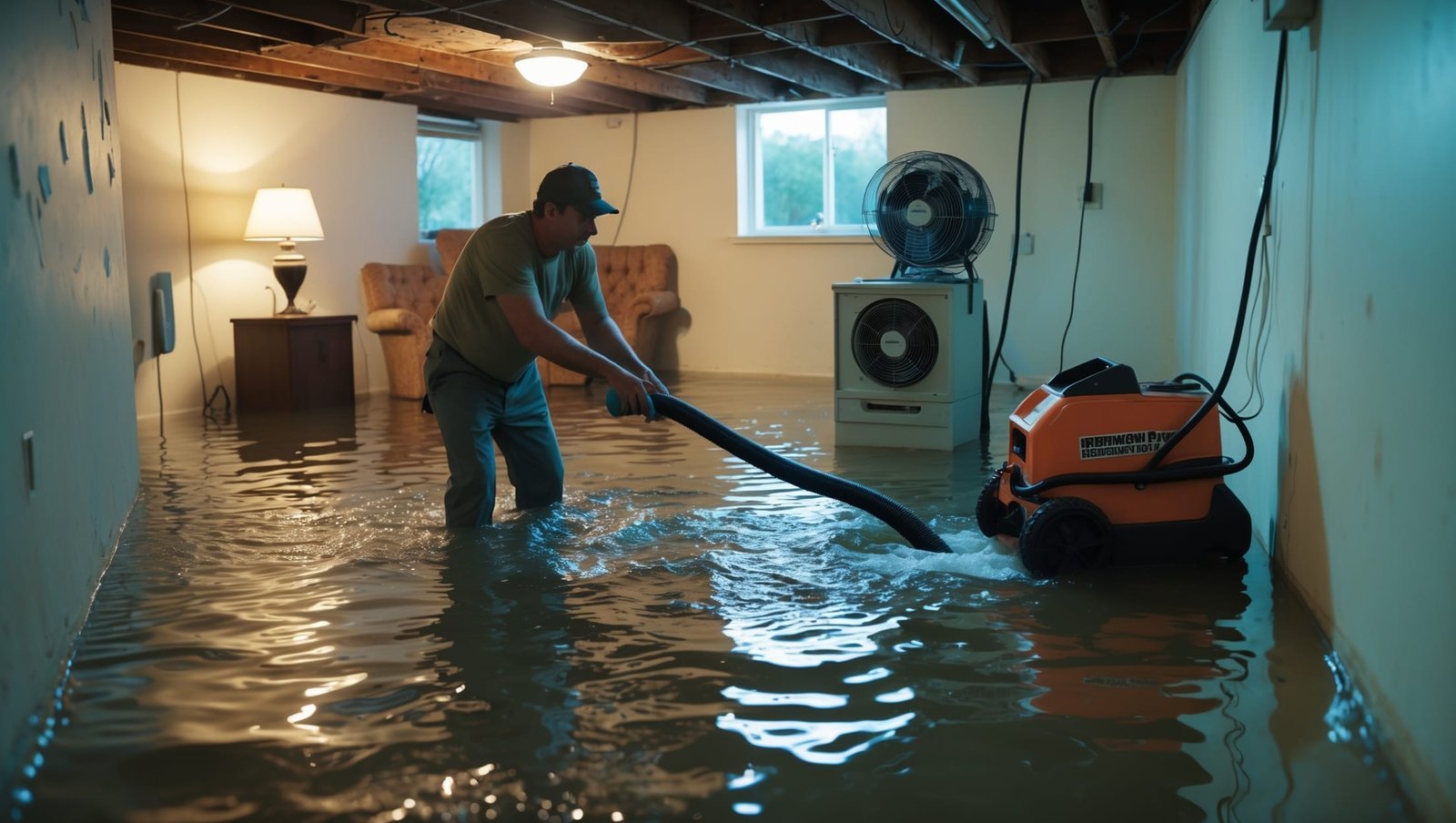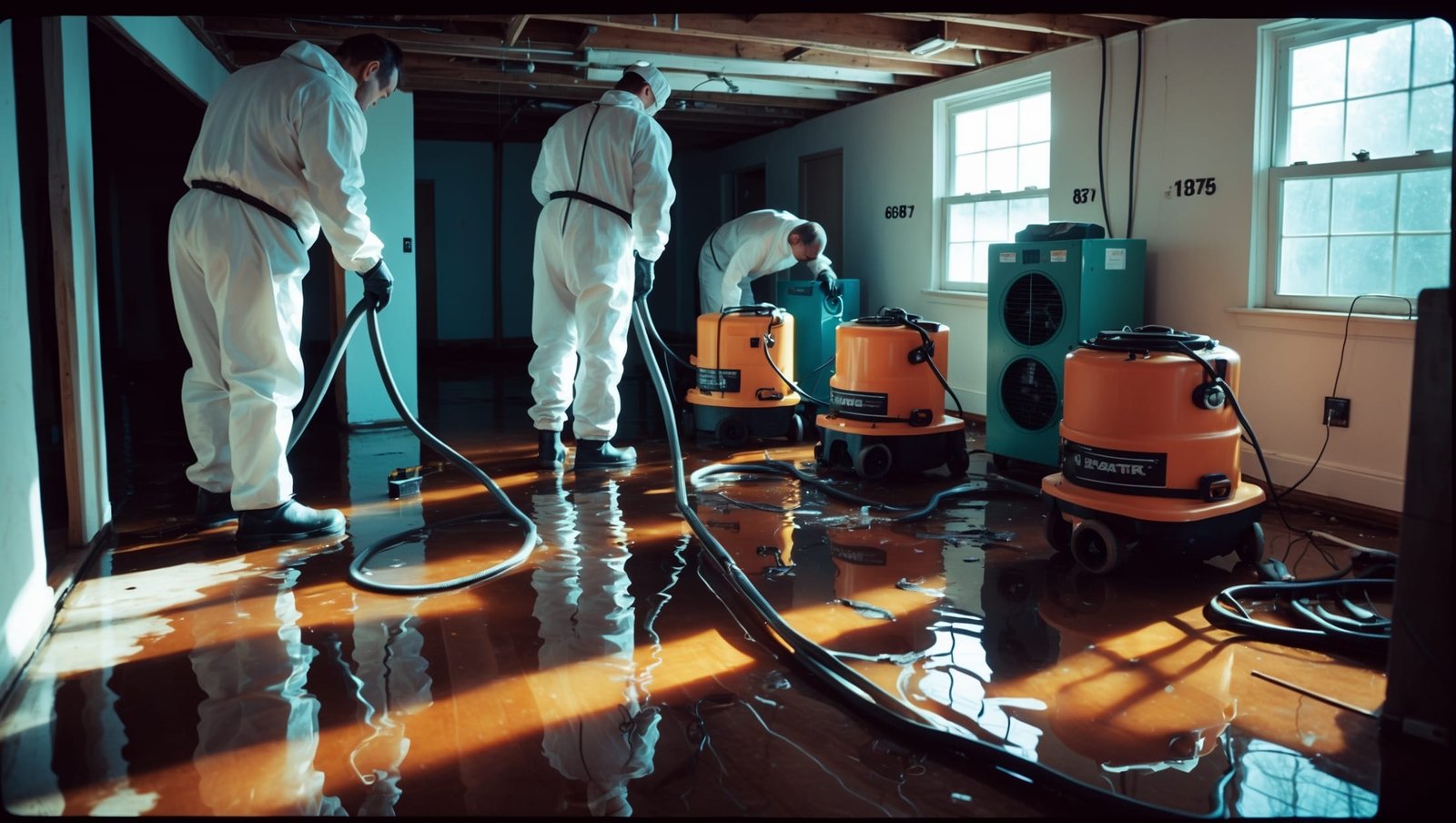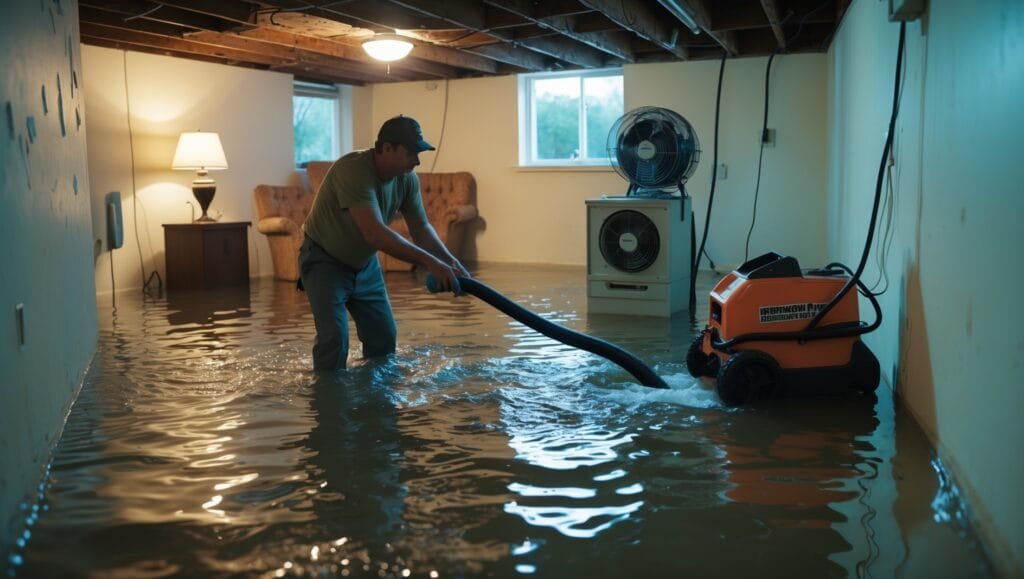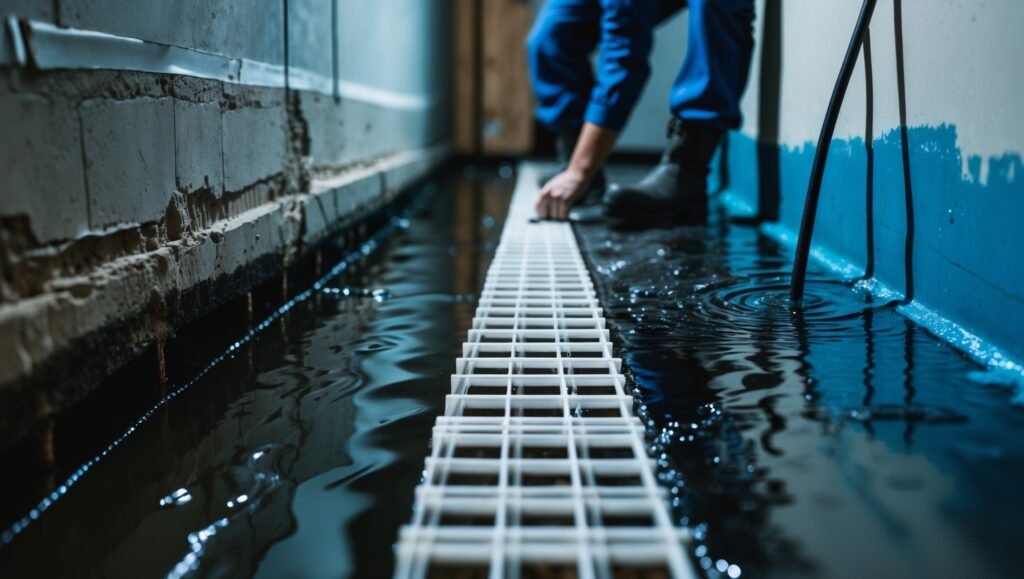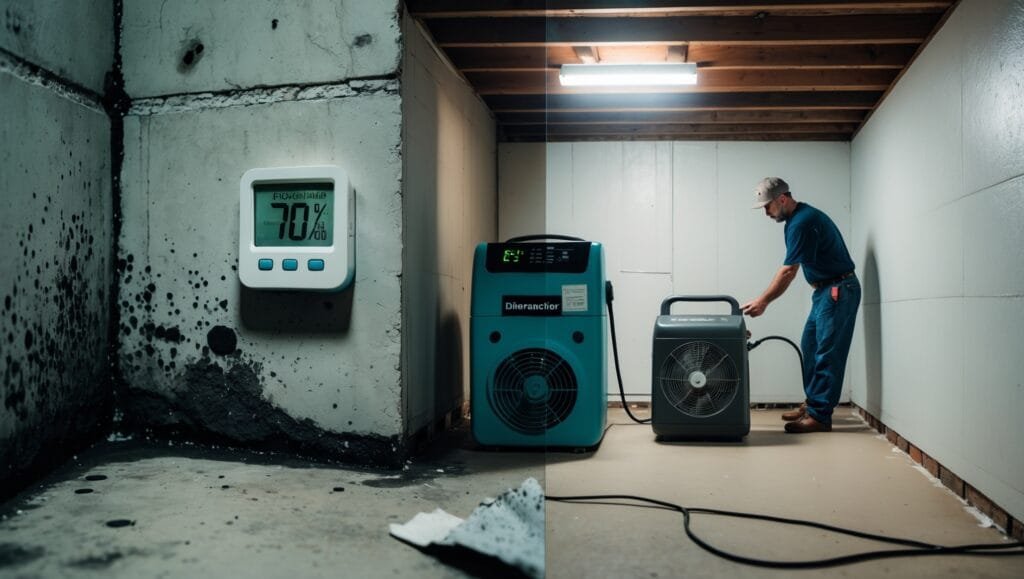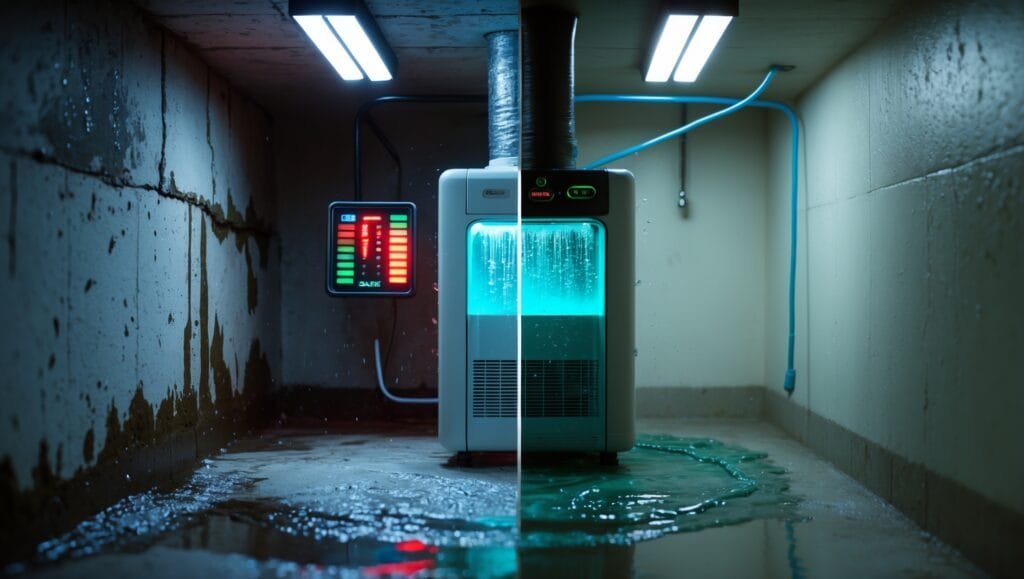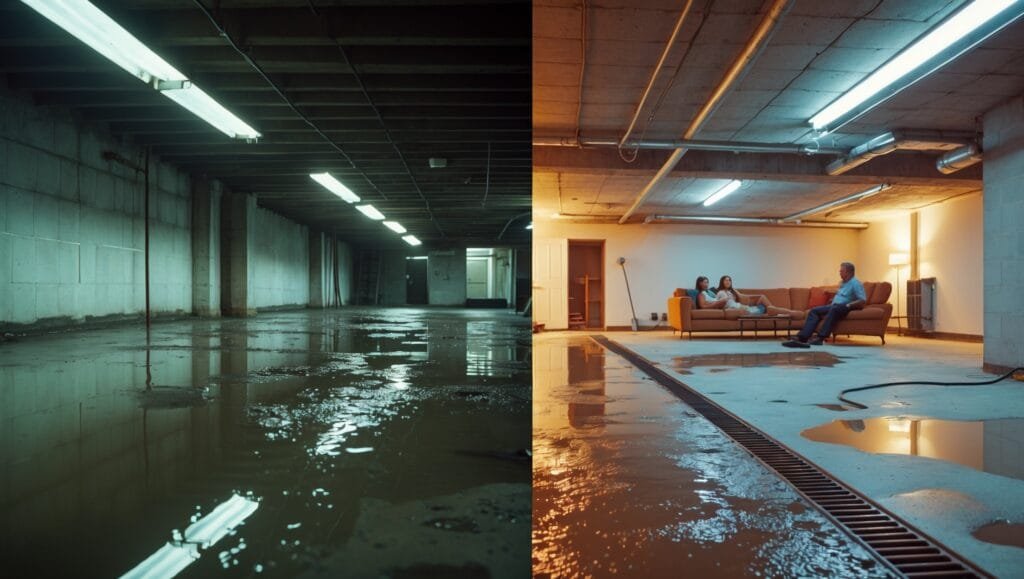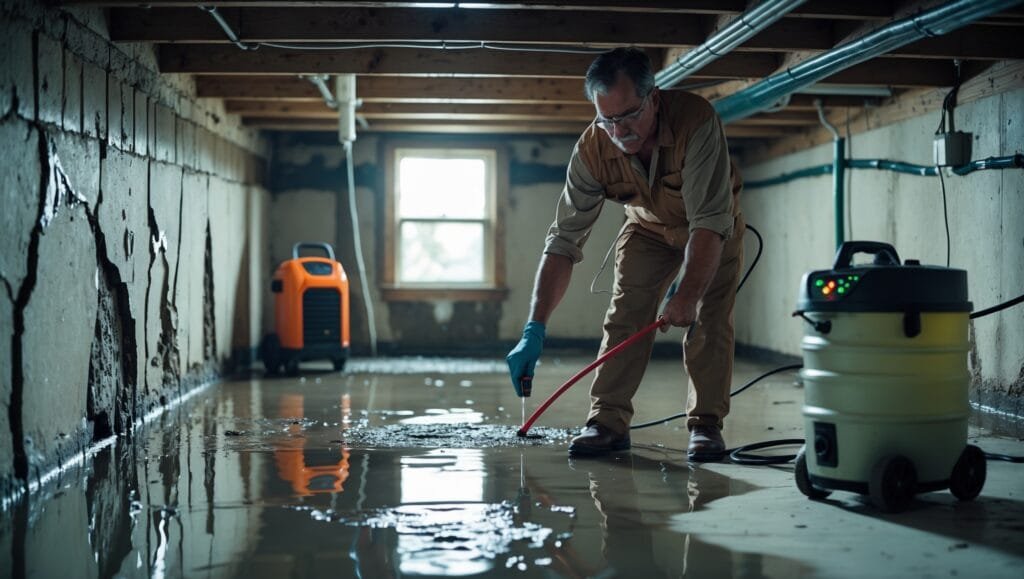Flooded Basement: The Silent Home Destroyer That Could Cost You Everything
$75,000. That’s what one homeowner paid because they waited a day.
A flooded basement isn’t just water on the floor. It’s a potential financial nightmare that can destroy your home’s foundation, create toxic mold, and drain your savings faster than you can say “water damage”.
Why Basement Floods Happen: The Ugly Truth
Water finds its way into your basement through multiple sneaky channels:
- Cracked foundation walls
- Poor drainage systems
- Overwhelming rainstorms
- Broken water pipes
- Sump pump failures
One Rochester homeowner, Sarah M., discovered her basement flood after a brutal winter. Her basement looked like an indoor swimming pool—and the repair costs were about to make her cry.
Bottom line: Water will find a way in if your home isn’t properly protected.
The Real Cost of Ignoring a Flooded Basement
Think a little water is harmless? Think again.
Water damage compounds rapidly. Within 24-48 hours, you’re looking at:
- Structural damage to walls and floors
- Electrical system risks
- Toxic mold growth
- Potential foundation compromise
Mark Frillici, founder of Healthy Spaces, has seen countless homeowners learn this lesson the hard way. “One inch of water can cause $25,000 in damage,” he warns.
Bottom line: Every minute counts when water invades your basement.
Immediate Steps When Your Basement Floods
Don’t panic. Here’s your emergency action plan:
- Shut off electricity to the basement
- Identify and stop the water source
- Remove valuable items immediately
- Start water extraction ASAP
- Document everything for insurance
Pro tip: Keep a emergency kit ready with pumps, fans, and protective gear. You’ll thank yourself later.
Bottom line: Quick action prevents catastrophic damage.
Understanding Water Damage Categories
Not all water is created equal. Professionals categorize water damage into three levels:
Category 1: Clean Water
Comes from sanitary sources like broken pipes. Least dangerous, but still requires immediate attention.
Category 2: Gray Water
Contains chemical or biological contamination. Think washing machine overflows or dishwasher leaks.
Category 3: Black Water
Extremely hazardous. Includes sewage backup and flood waters. Professional remediation is mandatory.
Bottom line: Water damage complexity increases with contamination level.
Want to prevent a basement flood disaster? Check out our basement waterproofing strategies.

